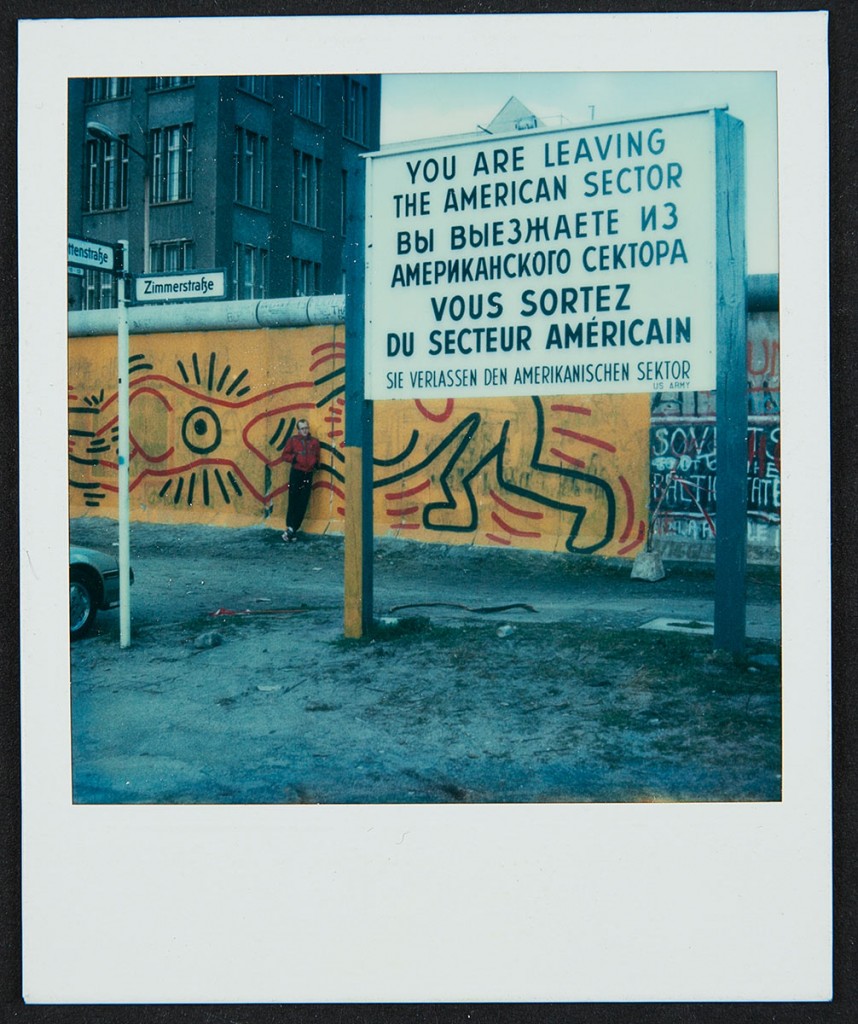Associate Dean for Research; Associate Professor of History and International Affairs, The Elliott School, George Washington University
The Berlin Wall has engaged the emotions and imagination of Americans and others around the world both during the 28 years it stood and in the 25 years since its fall. What had embodied and symbolized the violent mechanisms of communism and the worst parts of the Cold War came with its opening to serve as an icon of the triumph of freedom and democracy and a harbinger of hope for other walls—real and metaphorical—still to fall. The Berlin Wall and its history have been portrayed in museums, memorials, novels, comic books, paintings, films, graphic novels, plays, musicals, and dance. Political and cultural leaders in Germany have also organized annual commemoration ceremonies on the anniversaries of the rise and fall of the Wall on August 13 and November 9, respectively.
Scattered in several sections, less than two miles of wall remain along the former path of the 96-mile-long Berlin Wall. The three most important sections include the Berlin Wall Memorial at Bernauer Strasse, the East Side Gallery, and Bornholmer Strasse. The Wall encircled West Berlin, preventing people from East Berlin or the surrounding East German countryside from escaping to the West. The fortified border included outer and inner walls, guard towers, anti-tank barriers, guard dogs, trip wires, and armed guards with a shoot-to-kill order. The much longer border between East and West Germany—roughly 850 miles—included additional fortifications with mines and generally featured steel mesh fences instead of wall. The brutal nature of the “death strip” and the severe restrictions on civil rights in communist East Germany make it clear why East Germans were so jubilant with the fall of the Wall on November 9, 1989.
In representing, remembering, and commemorating the Berlin Wall, the Germans have relied not just on the remnants of the Wall, but have turned to art, music, and literature, as well as political and cultural rituals. Orchestras in Berlin celebrated the fall of the Wall with Ludwig van Beethoven’s music, particularly his Ninth Symphony with its “Ode to Joy,” which Leonard Bernstein conducted at Christmas time in concert halls in both East and West Berlin. The world-renowned cellist Mstislav Rostropovich came to Berlin and played solo Bach suites next to the Wall at Checkpoint Charlie. German and international artists marked the opening of the Wall by painting a long stretch of it at what they called the East Side Gallery. With their depictions of hope and change inspired by the fall of the Wall, their paintings transformed its face.
More recently, for the 25th anniversary of the fall of the Wall in November 2014, 8,000 illuminated “balloons” were tethered to the ground along 15 miles of the former path of the Wall through the center of Berlin, forming a “border of light.” Each balloon had a sponsor who contributed a short message about the fall of the Wall, and the messages were attached to the balloons. An estimated one million people were on hand for the balloons’ release into the night air, simulating the opening of the border. The 20th anniversary in 2009 was celebrated with over 1,000 tall, rectangular pieces of Styrofoam painted by school students and others with scenes connected to the history of the Berlin. They were placed where the Wall had stood near the Brandenburg Gate, and on the evening of November 9, 2009, they were toppled over like a row of dominoes.
It’s not just the joyous fall of the Wall that the Germans have marked. They have also commemorated those who lost their lives trying to escape across the Wall. On the 15th anniversary of the fall in 2005, an installation of over 1,000 wooden crosses was erected at Checkpoint Charlie to draw attention to the people who had been killed at the Wall and the inner German border. A year before the 50th anniversary of the erection of the Wall in 2011, a “Window of Remembrance” was installed at the Berlin Wall Memorial with pictures of the more than 130 people who were killed at the Berlin Wall. Part of the 50th anniversary state ceremony in August 2011 included a dance performance in what had been the death strip of the Wall, emphasizing the freedom of movement that had not been possible while the Wall stood. Also in 2011, the musical Hinterm Horizont (Beyond the Horizon) premiered in Berlin, depicting for a popular audience what the Wall and its fall meant in people’s lives—and in particular in the lives of a fictional young couple who fall in love but are divided by the Wall.

Berlin Wall Mural at Checkpoint Charlie
Polaroid, 1986
Keith Haring Foundation
German artists have of course not been the only ones to use the Wall in their work. Since its erection in 1961 and its fall in 1989, the Berlin Wall has inspired artists from around the globe, not least in the U.S., to reflect on topics central to their hearts and minds. This exhibit, so expertly curated by Paul M. Farber, provides a wonderful impression of the variety of ways American artists have been prompted by the Wall to think about life in the U.S. and about a wide range of contemporary issues. Thus, Leonard Freed’s photo of an African-American soldier stationed in the American sector of West Berlin at the Wall in 1961 prompted Freed to turn his attention to segregation in the U.S. Stephanie Syjuco observed the commercialization of the Wall in Berlin with the selling of so-called “authentic” remnants as souvenirs and responded by repurposing found pieces of concrete from woebegone American parking lots and sidewalks as “pieces of history.” It’s not just the Berlin Wall that has crumbled; parts of American cities have also. Frank Hallam Day’s photographs of the building boom in Berlin after the fall of the Wall get at broader themes of destruction and creation. Visitors to this wide-ranging, thought-provoking exhibition will likely develop their own reflections on what the Berlin Wall means to them and to our world today.
